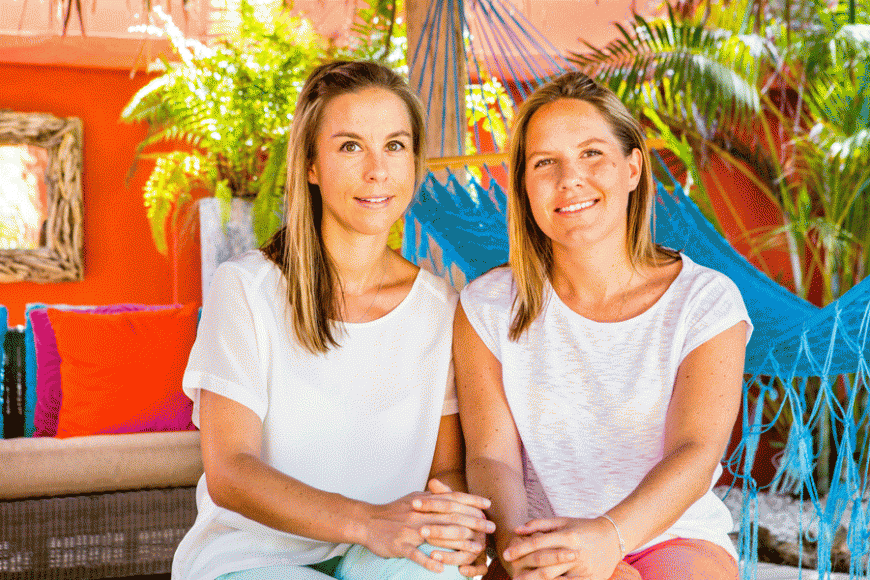“In every outthrust headland, in every curving beach, in every grain of sand, there is the story of the earth.”
–Rachel Carson
I love the beach, particularly with winter right around the corner. So Aruba, here I come.
Called “The One Happy Island,” Aruba is about 19 miles long in the southern Caribbean Sea, just 15 miles from the coast of Venezuela. Aruba, Bonaire and Curacao form a group referred to as the ABC Islands, with the A island getting more repeat visitors than any other in the Caribbean.
You may ask why that’s the case. Well, for one thing, it’s located below the hurricane belt and has a climate of 82-degree days year-round. Indeed, it has the most sunny days in all of the Caribbean. Also, whether you’re looking to relax and unwind or seeking adventure and excitement, it’s all there, quite simply, something for everyone.
For such a relatively flat island, the unusual hills and monolithic boulders are truly amazing. Two rock formations, Ayo and Casibari, are stunning geological formations that you can climb and explore. Ayo has towering stone boulders and was once considered a sacred site by the island’s original inhabitants. Casibari’s tonalite boulders are found just off the main road to Santa Cruz. I took one of the picturesque walking trails and, finally reaching the top, found a breathtaking 360-degree view and some impressive prehistoric rock drawings that were a just reward.
Equally spectacular are the beaches. Eagle Beach has been named one of the top 10 in the world. On my visit, it seemed that the beach was a part of everything I did — from water activities to riding a horse on the sand to lunches, cocktails and dinners. Back in 2007, the Aruba government announced that $350-million would be invested on public and private projects of all sorts to attract tourists and build the economy. One project which attracted a lot of attention was construction of a linear park beginning at the airport and increasing island access for bike riders and pedestrians alike.
While on the island, I’d been told that an off-road experience was fun and one I wouldn’t forget. Well, they were right on one count. I think I’ll remember it for as long as I live. Fun? One person’s fun can be another’s, er, nightmare. To be fair, it appeared that everyone on this adventure was having a blast. Me? Not so much. We drove in a bumpy caravan formation led by a professional tour guide who showed us the best landmarks of Aruba. All I was aware of was crashing through roads with crater-like holes, skirting boulders, bumping, grinding and eating dirt that the vehicle in front of me was kicking up. Oh, it was unforgettable, all right. There are loads of water sports there — windsurfing, paddle boarding and kite boarding, among them. More to my taste were snorkeling, kayaking — and lying in a hammock.
Others, however, come for amour. Aruba is an ideal spot to get hitched and has been named one of the world’s top wedding and honeymoon destinations by Brides magazine. Speaking of romance, I found a dreamy hidden gem on this island known as Boardwalk. Set on an historic coconut plantation and conveniently located mere steps from famed Palm Beach, this intimate, tropical oasis is owned and run by Belgian twin sisters Kimberly and Stephanie Rooijakkers. To quote the Irving Berlin song, “There were never such devoted sisters…” Born and raised in Aruba for the first six years of their lives, the twins moved to Belgium in the early 1990s but never skipped their yearly vacation here, always staying in close contact with their native land.
While kite boarding on the island in 2008, the sisters discovered the Boardwalk property and instantly fell in love with it. Learning that the property was for sale a few years later, they knew their island was calling them home. Since that time, Boardwalk has been featured in The New York Times, USA Today and National Geographic Traveler. Its lush gardens, hammocks on terraces and, my particular favorite, the Champagne breakfast delivered to the room, make this a perfect place for couples, honeymooners or anyone wanting a peaceful, serene home base from which to explore the environs.
On Aruba, “bon bini” means “Welcome to my country.” It’s a phrase in Papiamento, one of two official languages in Aruba; the other is Dutch. I often heard Papiamento during my visit. I never did learn the word for goodbye, undoubtedly because I didn’t want to say it. I much preferred the local phrase te aworo — see you later — thus ensuring my return.
For more, visit aruba.com.




